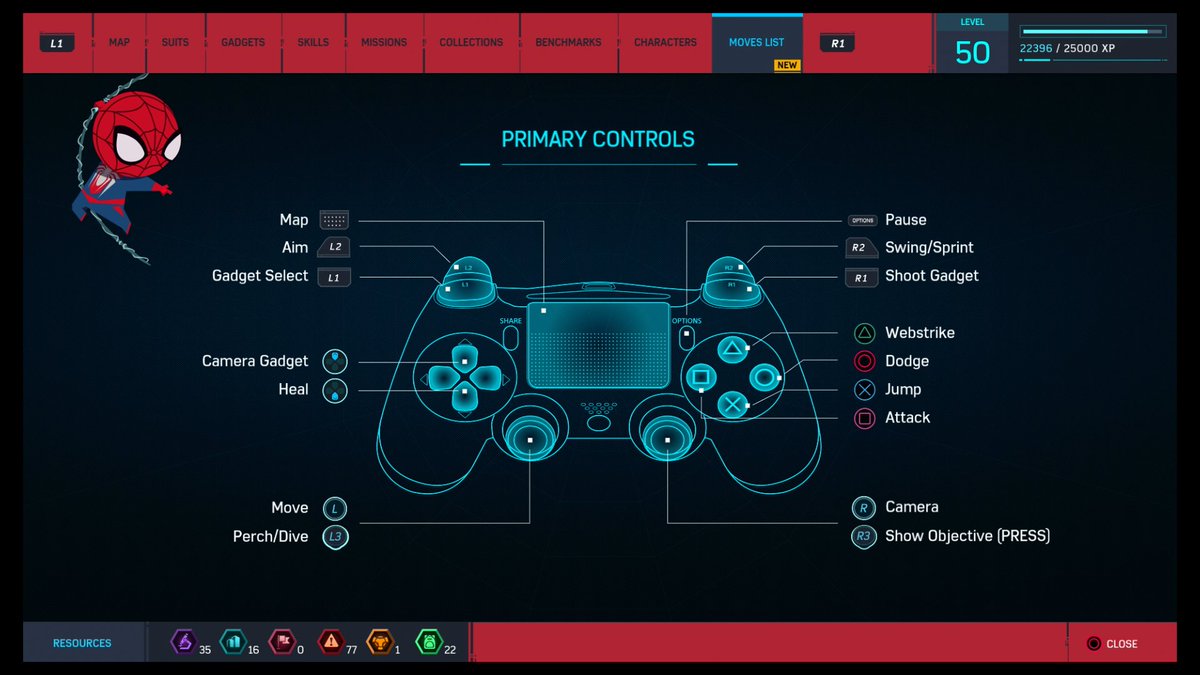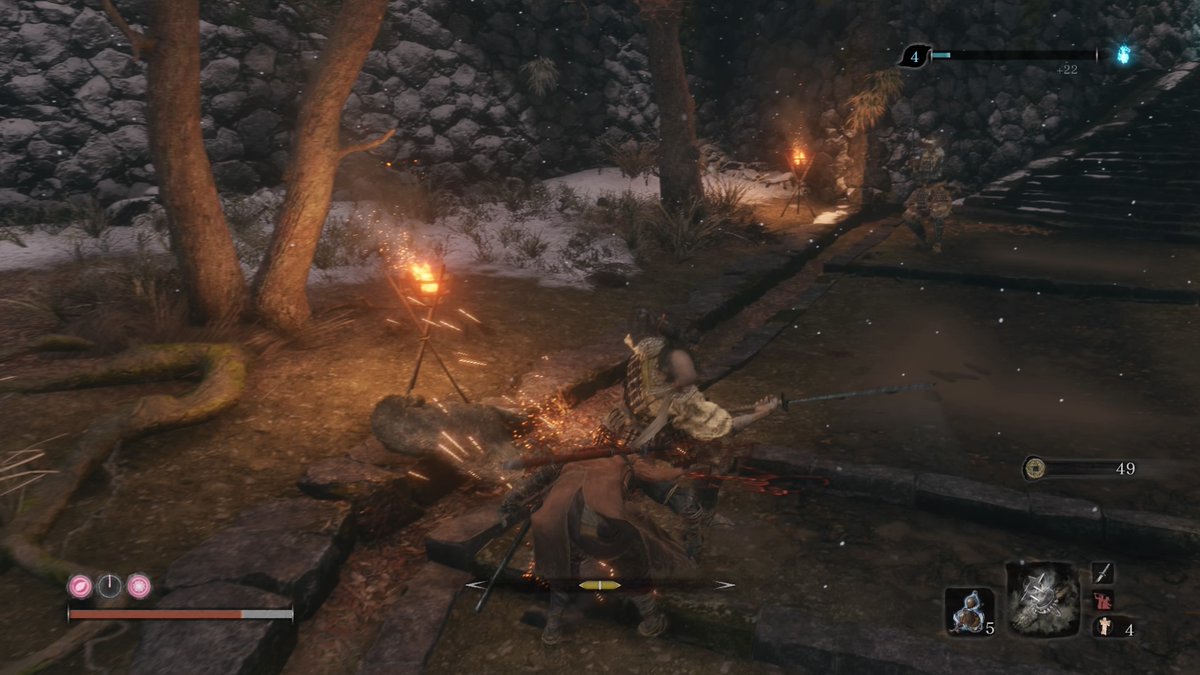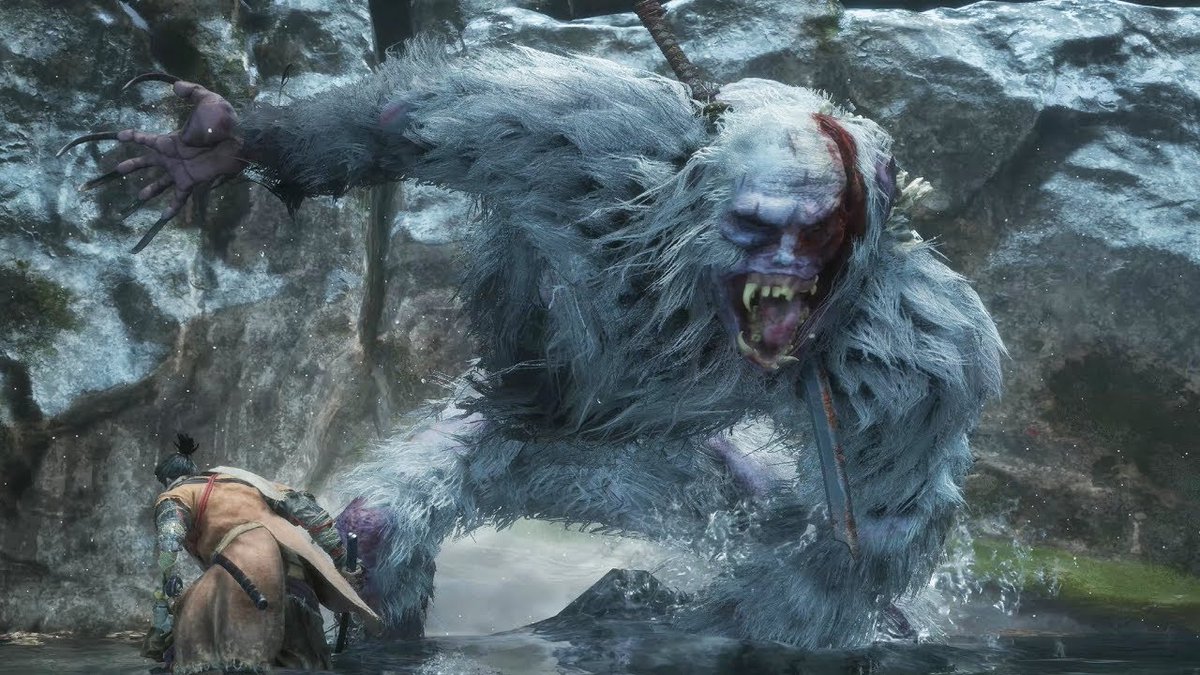What are some techniques melee combat games use to add DEPTH to player actions? Depth = “doing more with less.” Deep mechanics gives the player more possibilities to explore/master. Let’s examine some popular techniques for adding mechanical depth. #gamedesign #combatdesign 🧵 


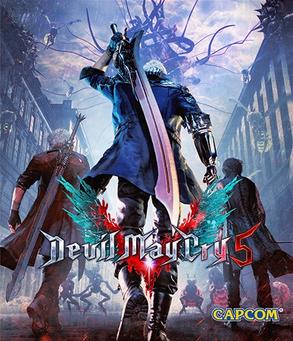
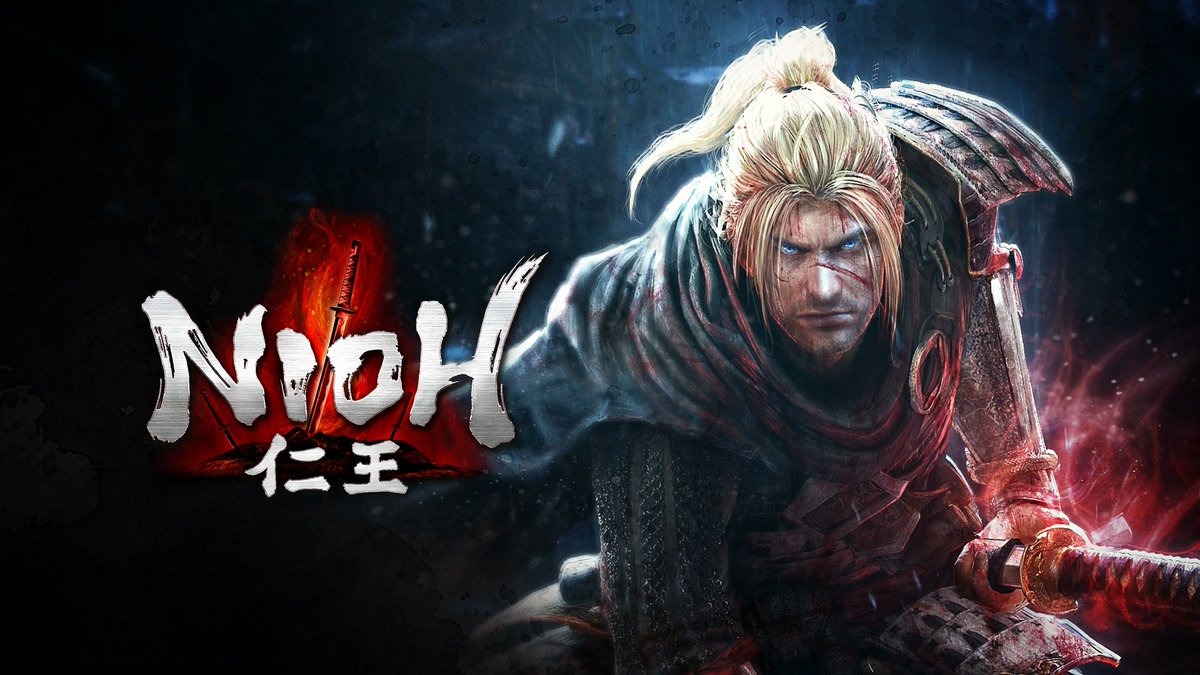

INPUT DEPTH - Input depth requires the player to manipulate button inputs in various ways. A single button input can be pressed/held/released and each of these input types can have timing variance (fast, slow, delay, long) to create a wide array of input timing/feel/intent. 1/10
Devil May Cry combat is built around single button input depth that allows the player to mix up their attacks. This type of depth COMPLEMENTS the combat rating system which encourages the player to mix up their attacks to look the most Stylish. 2/10
Delayed inputs force players to fight their INSTINCT to button mash. In DMC5, the player must press attack during a certain RANGE of time during the initial animation to perform this sword slam. If they press too fast, the next attack in the combo will trigger instead. 3/10
Once the sword slam is triggered, there’s yet another LAYER of input (fast tapping) that is communicated through this animation. The faster the player presses attack, the more slams they are allowed to perform until the combo ENDS in a finisher. 4/10
HOLD inputs are another common method to increase the player’s arsenal without adding extra buttons. Generally, hold attacks have long anticipation before they trigger. If the animation is authored with this gameplay constraint, the posing will serve to enhance this buildup. 5/10
In Spiderman, the hold attack sends enemies into the air. In the first few frames, you can see the normal attack; if the game detects the button is held past a certain frame, the animation will instantly blend into the launcher ensuring normal attacks can be responsive. 6/10
Defensive mechanics can be designed with input depth. Sekiro’s parry/block is a single input. Press block right before an enemy hits to parry or HOLD block to have your guard up. The benefit of this depth is the forgiving nature - mistime a parry and the FAIL STATE is block. 7/10
In Metal Gear Rising, the parry/block button IS the attack button! The player must press the Left Stick in the direction of the incoming attack and press attack simultaneously. This layering requires more technical skill to master, but, arguably, a more REWARDING experience. 8/10
Royal guard is DMC’s version of a blocking mechanic except with multiple LAYERS of technical complexity! The player can hold down the button to block incoming attacks but incur small damage. If the player presses block at the moment they get hit, they won’t take damage. 9/10
The timing window is STRICT (~0.2s), requiring HIGH technical PRECISION from the player. If the player RELEASES block (and locks on while pressing a direction) at a specific time frame they deal MAJOR damage to any enemy. High player technical skill results in HIGH REWARD. 10/10
COMPLEMENTARY DEPTH - Mechanics that ENHANCE another mechanic provides motivation towards mastery. Nioh’s Ki Pulse is a TIMING-BASED mechanic that allows the player to regain stamina back at a faster rate compared to normal stamina recovery. 1/3
There are 2 levels of timing (ok/perfect) that determines how much Ki the player recovers. The player must layer this input into the flow of combat. The mechanic is simple but the added tension of performing it in combat makes this an opt-in risk/reward mechanic. 2/3
DMC’s Exceed system is mechanically similar to Nioh’s Ki Pulse, but in pure DMC fashion, mastering this technique requires the player to use strict timing. The player must press L2 right when an attack hits. The player can press L2 normally but takes longer to fill up. 3/4
In the video, it takes ~3-4 L2 inputs to fill an Exceed pip (upper left). Each pip enhances an attack with extra damage and is used up on each hit. But the player can SHORTCUT this fill up threshold by pressing L2 right when an attack lands to instantly fill up a pip. 4/4
ADDITIVE DEPTH - Bayonetta’s Witch time is an example of additive depth. Pressing evade performs a dodge. Pressing evade right before getting hit, triggers a global slowdown where enemies are slowed. The player uses the SAME input to MODIFY the outcome based on a SKILL TEST. 1/3
This skill-based mechanic requires no resource to perform and is generally safe when mistimed. It’s also easy to trigger by accident (which is good!). The player is locked out for a few seconds if evade is continually spammed as a GENTLE REMINDER to be more deliberate. 2/3
Spiderman’s evade is a different take on Witch Time. Evade right before getting hit to contextually change the evade into an evade attack. This additional ability (acquired through an upgrade) keeps the button command the same, but requires stricter timing to pull off. 3/3
CONTEXTUAL DEPTH - Player characters are designed around STATES such as Movement/Blocking/Attacking/Targeting. The type of attack can vary based on the current state but utilizing the same input. A common contextual MODIFIER is performing unique attacks if holding Block. 1/6
In Sekiro, Combat Arts are performed by pressing Block (L1) and Attack (R1). Since the player is usually blocking or attacking, this dual input requires the player to be strict and deliberate when choosing to perform either action to avoid accidental triggering. 2/6
If the player wants to attack normally, they need to first RELEASE the block button. Combat Arts are resource-driven, so the player’s technical burden is increased simply by the addition of these special attacks and the pressure of not wasting resource. 3/6
Locking onto an enemy is another CLEAR state to modify the attack button. In DMC5, the player is given access to at least 1 unique attack (uppercut/launcher) when locked on and pressing the Left stick away. Additional moves can be purchased that are gated behind Locking on. 4/6
Since the player can move freely in any direction, pressing the Left Stick away is player relative. Once locked on, however, pressing Left stick away always means opposite of the player’s target. These DIRECTIONAL inputs become reliable modifiers to perform unique attacks. 5/6
In Bloodborne, the player must press the Left Stick forward/attack SIMULTANEOUSLY to perform a unique attack. Since the player uses the Left stick to move, the designer’s didn’t want this attack to happen accidentally. This dual input requires strict and deliberate timing. 6/6
FINAL THOUGHTS - Mechanical depth provides a strong CONNECTION between player action & game feel. A downside is a high technical ceiling to perform these in the heat of battle. A solution to mitigate this is to BALANCE the player’s need to require these for a satisfying exp.
• • •
Missing some Tweet in this thread? You can try to
force a refresh











